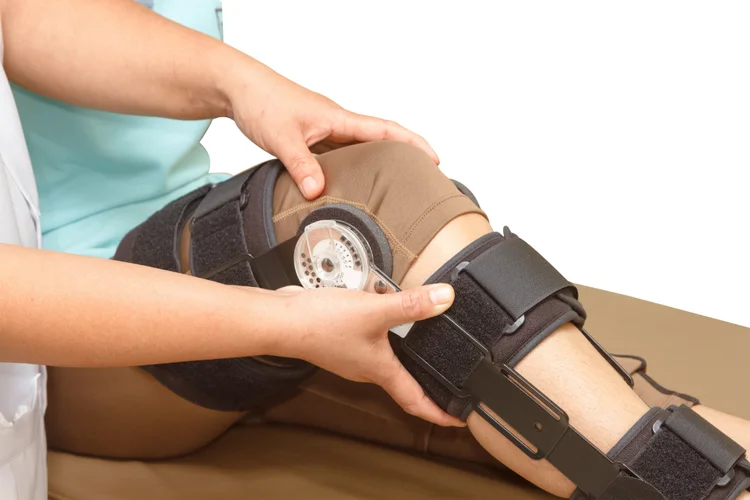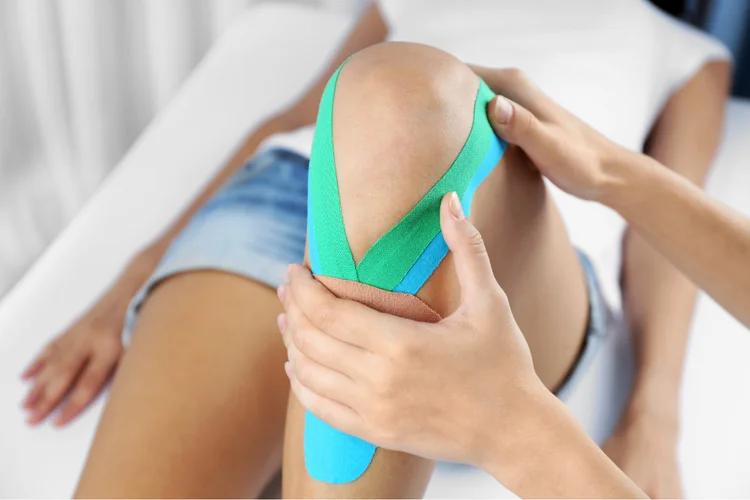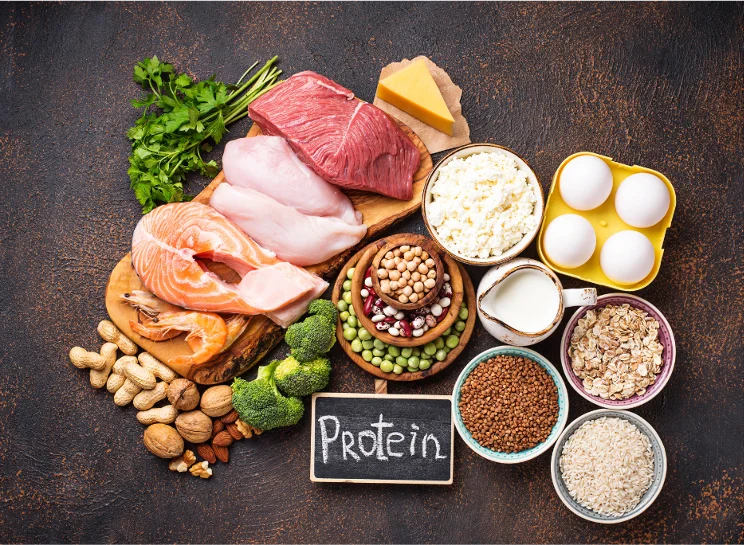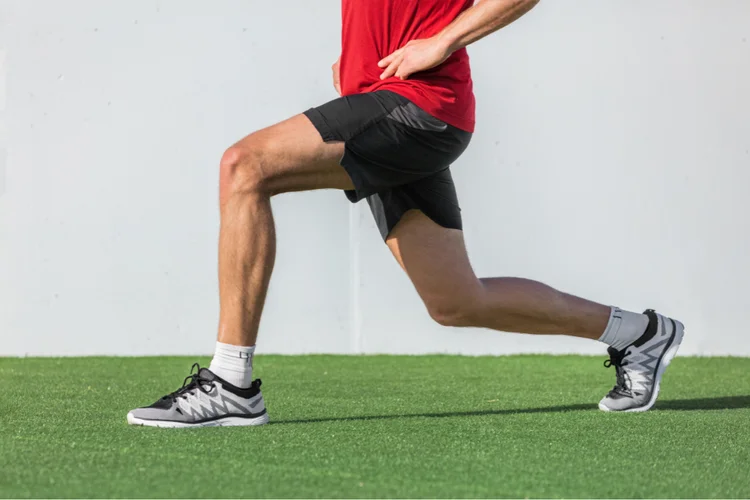ACL Surgery Recovery: Timeline & Helpful Rehabilitation Tips
In this article, Dr Foo outlines the typical recovery timeline after ACL surgery, with practical tips on rehab exercises, nutrition, and injury prevention to support a safe and effective return to activity.
MBBS (University of London) | MMed (Ortho) | FRCSEd (Ortho) | FAMS (Ortho)



Anterior
cruciate ligament (ACL) surgery is a common procedure for treating ACL
tears caused by sports injuries or accidents. Recovery after surgery is gradual,
involving progressive goals to rebuild knee stability, flexibility, and overall function.
Having a clear understanding of what to expect during each stage of recovery can help you
prepare both mentally and physically.
Whether your goal is to return to sports or simply resume daily routines, this guide outlines the typical ACL recovery timeline along with
practical tips to support a smooth and successful rehabilitation.
ACL Surgery Recovery Timeline
Recovering from ACL surgery progresses in stages, each focusing on specific goals to restore knee function, mobility, and strength:
| Recovery Phase | Key Recovery Goals | What to Expect |
|---|---|---|
| 0-6 Weeks: Immediate Phase |
|
|
| 6-12 Weeks: Strengthening Phase |
|
|
| 3-6 Months: Advanced Rehabilitation |
|
|
| 6-12 Months: Full Return |
|
|
The recovery timeline and process may vary depending on adherence to rehabilitation, how well the knee heals, and your overall physical condition.

Tips for a Smoother Recovery From ACL Surgery
1. Adhere to Physiotherapy Programme
Rehabilitation exercises are key to restoring strength, stability, and mobility after ACL
surgery. Attending physiotherapy sessions and following prescribed exercises consistently
will support steady recovery and reduce
setbacks.
Staying committed to your rehabilitation plan ensures continuous progress
and a smooth transition back to daily activities.
2. Monitor for Warning Signs
While some discomfort is normal, persistent swelling, instability, severe pain, redness, or difficulty bearing weight may indicate complications. Signs of infection, such as warmth around the knee, pus, unusual drainage, or fever, should not be ignored. Seek medical attention promptly if you experience these symptoms to prevent further complications.

3. Maintain a Balanced Diet
Proper nutrition supports tissue repair and muscle recovery. A diet rich in protein, vitamins
(C, D, and E), and minerals like calcium promotes healing and
strengthens surrounding muscles.
Staying hydrated aids circulation, reduces inflammation, and helps transport
essential nutrients. Follow your specialist’s advice to ensure your diet meets recovery
needs.
4. Avoid Premature Return to Sports
Resuming activity too soon increases the risk of reinjury or graft failure. High-impact movements place excessive strain on the healing ligament, potentially leading to swelling, instability, or the need for revision surgery. Always follow the advice of your physiotherapist or specialist, and if unsure, consult them before resuming strenuous activities.
5. Use Supportive Gear When Necessary
If prescribed, wear a knee brace as directed to stabilise the joint and prevent excessive movement, reducing the risk of reinjury. Properly fitted footwear with good arch support helps distribute weight evenly and minimises knee strain. Additional supportive gear, such as compression sleeves or knee guards, can provide extra reinforcement and comfort during rehabilitation.

How to Prevent ACL Reinjury After Recovery?
Reinjuring the ACL after full recovery can cause extended downtime, knee instability, and,
in some cases, may require revision ACL surgery, which is often more complex than the
initial procedure.
To reduce the risk and avoid complications, consider the following strategies:
- Maintain Strength and Stability: Regularly perform strength training exercises targeting the quadriceps, hamstrings, glutes, and core to enhance knee support and reduce strain on the ligament.
- Improve Movement Mechanics: Practise proper landing, cutting, and pivoting techniques, especially for sports or high-impact activities, to minimise unnecessary stress on the knee.
- Avoid Sudden Increase in Activity: Gradually progress in intensity and duration to prevent excessive strain. Returning to high-impact activities too quickly can significantly raise the risk of reinjury.
- Prioritise Recovery and Rest: Ensuring adequate rest between training sessions and addressing any discomfort early can prevent overuse injuries.
Every patient deserves a treatment plan tailored to their needs. We start with non-surgical approaches before considering more invasive interventions.
Where Can I Find an ACL Surgeon in Singapore?
Apex Novena
admin@apexsportsclinic.sg
101 Irrawaddy Rd, #18-12 Royal Square Medical Centre, Singapore 329565
Nearest MRT: NS20 Novena
Apex East Coast
admin@apexsportsclinic.sg
112 E Coast Rd, #03-03/04 i12 Katong, Singapore 428802
Nearest MRT: TE26 Marine Parade
Why Do Patients Choose Apex Sports Clinic?
Sports Doctor in Singapore: Personalised & Affordable Care
Progressive Treatment Philosophy
We prioritise personalised, non-invasive solutions, progressing to specialised treatments, including surgery, only when needed for more effective and targeted care.
Holistic Patient-Centred Care
From diagnosis to rehabilitation, we provide comprehensive and seamless care for a wide range of orthopaedic conditions.
Specialist in Sports Orthopaedics & Injury Management
We combine expert injury management with a proactive approach to maintaining your body’s strength and function, so you can recover fully and perform at your peak.
Patient Journey
1 . Schedule Your Appointment

2 . Expert Diagnosis & Consultation

3 . Customised Treatment Plan

Schedule an Appointment

Our Insurance Partners






Frequently Asked Questions (FAQs)
Most individuals begin walking with crutches immediately after surgery and gradually transition to full weight-bearing within four to six weeks. Walking without crutches and with a more natural gait typically occurs between six to twelve weeks, depending on physiotherapy progress and knee stability.
The initial rest period is typically the first few days post-surgery, focusing on pain management, swelling reduction, and wound healing. However, recovery extends over several months, with gradual increases in activity through a structured physiotherapy programme. Most individuals require at least 6 to 9 months before returning to high-impact activities.
Pain typically peaks within the first 48 to 72 hours after surgery due to post-operative swelling and inflammation. Proper pain management, including prescribed medications, icing, and elevation, can help control discomfort during this period.
Following a structured physiotherapy programme, managing pain and swelling effectively, maintaining a balanced diet, and staying hydrated can all contribute to a smoother recovery. Adhering to medical advice, avoiding premature high-impact activities, and keeping up with strengthening exercises are also important.
With physiotherapy, it typically takes 6 to 12 months for the knee to regain strength and stability. While daily activities may feel comfortable within a few months, achieving full knee function, especially for sports or high-impact activities, requires ongoing rehabilitation and strengthening. Your specialist or physiotherapist will monitor your progress and guide your recovery.
Signs of healing include reduced swelling, improved range of motion, increased knee stability, and the ability to bear weight without discomfort. Regular physiotherapy assessments help track progress and ensure the recovery is on course.
Many individuals regain full function and return to their pre-injury activity levels, particularly with consistent rehabilitation. However, some may experience minor stiffness, reduced endurance, or increased reinjury risk, depending on factors like adherence to recovery protocols and individual healing capacity.
Sitting normally is possible within the first few days after surgery, but prolonged knee bending may cause discomfort. Elevating your leg and adjusting your posture can help reduce stiffness. It is important to follow your doctor’s instructions for the initial recovery phase to ensure proper healing and reduce risk of reinjury.
ACL surgery recovery typically takes 6 to 12 months for full function, with milestones like walking and light activity achieved earlier. Recovery time can vary based on factors such as the severity of the injury, adherence to rehabilitation, and the individual’s overall health and fitness level.
Recovery after ACL surgery typically takes 6 to 12 months, with gradual progress through physiotherapy. Factors such as the severity of the injury, adherence to rehabilitation, and overall health can influence recovery time.
In the early recovery phase, avoid excessive knee bending, high-impact activities, sudden movements, and prolonged standing. Skipping physiotherapy sessions or overexerting the knee too soon can slow recovery and increase the risk of complications. Following your doctor’s instructions is essential for a smooth recovery and reducing the risk of reinjury.
The most challenging aspects include the initial post-surgery discomfort, regaining full knee extension, rebuilding muscle strength, and resisting the temptation to return to activities too soon. Patience and adherence to a rehabilitation plan are key to long-term success.
Warning signs of infection include excessive redness or warmth around the incision, pus or unusual drainage, and fever. Other concerning symptoms include persistent swelling, severe pain that does not improve, and a feeling of knee instability. If you experience any of these symptoms, seek medical attention promptly to prevent complications.
Yes, but with caution. Most individuals can begin using stairs with crutches within the first few weeks by following a step-by-step method guided by a physiotherapist. Full confidence in stair climbing usually returns within two to three months. It is important to follow your doctor or physiotherapist’s instructions to ensure a smooth recovery.
Recovery from surgery to repair a full ACL tear typically takes 6 to 12 months, depending on the severity of the tear, adherence to rehabilitation, and the individual’s overall health.

